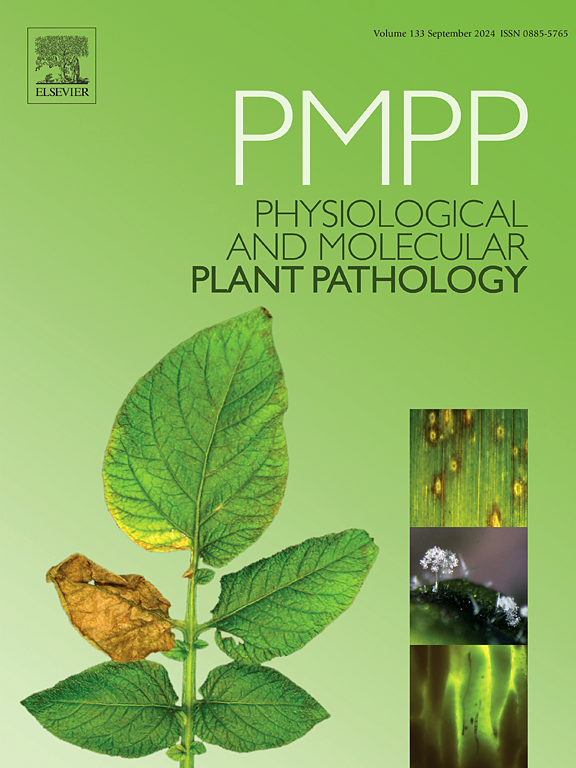Impact of humidity variations at different distances from the lake surface on rhizosphere microbiota of Trifolium repens L
IF 2.8
3区 农林科学
Q2 PLANT SCIENCES
引用次数: 0
Abstract
Soil at varying distances from the lake surface, which has different moisture levels, affects rhizosphere microorganisms. Yet the microbial conditions of Trifolium repens L. at various distances from lakes are poorly understood. Investigating microbial composition and abundance at different moisture aids in lakefront ecosystem management. Using high-throughput sequencing, we examined the soil multifunctionality of T. repens, across lake distances. The results show soil moisture differentially impacts plant phenotype, bacterial and fungal diversity, structure, and function. Places remote from the lake, which have low soil moisture levels, exhibit varying biomass, the highest alpha diversity, and complex bacterial structures. These differences in microbial structure and function partially influence soil multifunctionality, ultimately leading to varying biomass of T. repens at various distances from the lake. Notably, the fungi display the broadest diversity of phyla, with Basidiomycota play pivotal role in the growth of T. repens. These findings highlight the critical role of distances from the lake surface in shaping rhizosphere microbial diversity and function, with implications for plant growth and ecosystem management in lakefront environments.
距湖面不同距离的湿度变化对三叶草(Trifolium repens L)根瘤微生物群的影响
本文章由计算机程序翻译,如有差异,请以英文原文为准。
求助全文
约1分钟内获得全文
求助全文
来源期刊
CiteScore
4.30
自引率
7.40%
发文量
130
审稿时长
38 days
期刊介绍:
Physiological and Molecular Plant Pathology provides an International forum for original research papers, reviews, and commentaries on all aspects of the molecular biology, biochemistry, physiology, histology and cytology, genetics and evolution of plant-microbe interactions.
Papers on all kinds of infective pathogen, including viruses, prokaryotes, fungi, and nematodes, as well as mutualistic organisms such as Rhizobium and mycorrhyzal fungi, are acceptable as long as they have a bearing on the interaction between pathogen and plant.

 求助内容:
求助内容: 应助结果提醒方式:
应助结果提醒方式:


